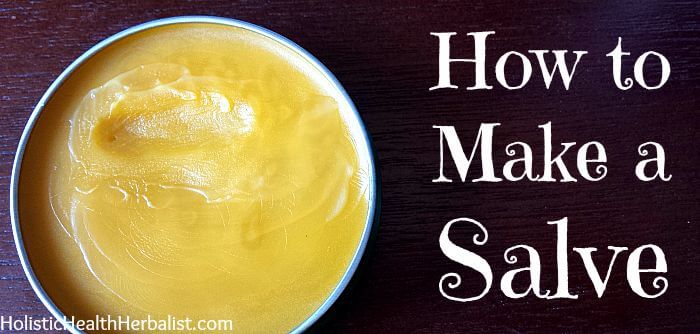
Salves, also known as ointments and unguents, are semi-solid healing mixtures that use herbs and essential oils for their healing properties. They soften when applied topically and provide an excellent barrier that heals, protects, and nourishes wounds, scrapes, abrasion, burns, and even itchy skin. They can be greasy, thin, thick, or hard in consistency depending on the base, mix of oils, waxes, and specialty ingredients like vitamin e oil, and its purpose. For example, a balm is normally high in essential oils and when applied to the chest, it releases an intense cloud of therapeutic vapors.
The base used for most salves is a mixture of wax (most often beeswax) and a carrier oil infused with herbs like arnica, calendula, cayenne, or comfrey to name a few. The infused oil enhances the salves healing ability because its herbal properties absorb into the tissues and get to work. The wax gives salves their firm yet spreadable texture making them easy to use. I love using beeswax and plant-based oils for salve making, but you can use tallow as well. Adding essential oils also gives salves a more potent healing boost and are highly recommended.
Once applied to the skin, salves melt and are quickly absorbed along with any essential oils and herbal constituents. It is a good idea to massage them into the skin when used for bug bites, joint and muscle pain, or on scratches to stimulate healing. Simply applying a good layer on open cuts and wounds is good enough before applying a bandage, no need to rub it in.
How to Store a Salve
It is best to store any herbal preparation in dark glass if possible and salves are no exception. I often store my salves in a cool dark cupboard tightly capped in a room that doesn’t change temperature too much. Frequent melting and re-solidifying cause salves to go rancid quickly so be sure not to store salves in your car or near things that emit heat.
These are my favorite salve containers:
White Plastic Jar
Screw Top Round Steel Tins
Dark Amber Salve Jar
Where else can I find this stuff?
How to Use a Salve
There is no dosage for salves. All you need to do is thoroughly clean the affected area and slather it on! I will say that using too much can be a bother as it won’t soak in if you use too much at once so normally a small amount does the trick.
How to Make a Salve
Making a salve is so easy anyone can do it! All you need is a few ingredients to get started. What’s great too is making your own salve is a great way to stop using toxic ointments like Neosporin and Benadryl creams. Plus, they last a long time and are fun to customize. Pretty soon you might have more salves than you need! That’s when you can give them to friends and family as gifts.
How to Make a Salve - Simple Salve Recipe
Here’s what you’re going to need:
• 1 cup of plant-based oil like sweet almond, coconut, apricot kernel, grapeseed oil, etc.
• 1-2oz of dried herbs of choice
• 1oz of beeswax
• Essential oils of choice (optional)
• A cooking pot
• A strainer with a cheesecloth or a nut milk bag
• A pyrex measuring cup
• A double boiler
• Small tins or jars
Loving Preparation- Simple Salve Recipe
1. Begin by pouring one cup of plant-based oil into a small cooking pot
2. Add the dried herbs and heat on the lowest setting for at least one hour. Keep an eye on it! You don’t want burnt oil. A better idea would be to use the double boiler to infuse the oil. (if you have a dehydrator you can also pop the oil and herbs into a mason jar and heat it overnight)
3. Once the oil is infused with the herbs strain it into the pyrex measuring cup. Really squeeze the herbs so that you don’t waste any precious oil! Make sure you have one cup of oil. If not add a little more of the plant-based oil you chose until you have one cup
4. Now set up your double boiler and add the infused oil and beeswax
5. Heat until the beeswax is completely melted
6. Remove from the heat and test the salve's consistency by dipping a spoon into it and popping it in the freezer for a few minutes. Test the salve on the back of your hand from the spoon. This will tell you to add more beeswax or more oil if necessary (more beeswax gives it a firmer texture while more oil gives it a thinner more spreadable texture). If you add anything be sure to make sure everything is melted
7. Once you’re happy with the consistency, add in your 10-20 drops of essential oil if using and then pour the mixture into the containers you chose for storage.
8. Allow the salve to harden before use and store in a cool dark place. If stored properly salves can last 1-3 years!
[yumprint-recipe id='87']Watch the video below to see how a salve is made:
The Best Herbs for Salve Making
I’m going to list a few of my all-time favorite herbs to use in salve making to help give you some ideas!
Arnica
An amazing herb used for treating bruises, strains, sprains, muscles pain, and physical trauma. Arnica is best used right after strenuous exercise or physical activity to reduce swelling and relieve pain.
Calendula
Incredible for healing wounds and skin irritations including rashes, abrasions, cuts, scrapes, burns, wounds, and insect bites. Calendula is great for people with sensitive skin and babies.
Cayenne
A wonderfully warming herb. Cayenne is great for throbbing aching pains associated with arthritis, sore muscles, and general joint pain.
Chamomile
A very healing herb. Chamomile is suitable for cuts, scrapes, and other minor wounds.
Comfrey
Also known as bone-knit, comfrey is great for healing cartilage, tendons, and bone. It also relieves occasional pain and swelling.
Echinacea
Echinacea is great for bug bites, sores, minor wounds, and bee stings.
Ginger
Another warming herb that is wonderful for sore aching muscles and joints. Dried ginger is best.
Lavender
Great for skin irritations and relieves minor pain. Lavender is soothing and calming.
Plantain
Speeds up the recovery time of minor wounds. Plantain helps soothe bugs bites and stings, poison ivy, poison oak, sores, blisters, and bruises.
St John’s Wort
This ruby colored oil is amazing for all minor wounds, bug bites and stings, and minor burns. You can get St. John's Wort here.
Thyme
Thyme is a warming herb that soothes sore muscles.
Yarrow
Amazing for bug bites and stings. Yarrow flowers stop bleeding very quickly when applied to minor wounds. Reduces swelling.
Be sure to check out how to make these other herbal preparations:
DIY: Herbal Salves
HOW TO MAKE A HEALING SALVE
Herbal Healing Oil Recipe
How to Make Lip Balm
How to Make an Herbal Infusion
How to Make Herbal Vinegar
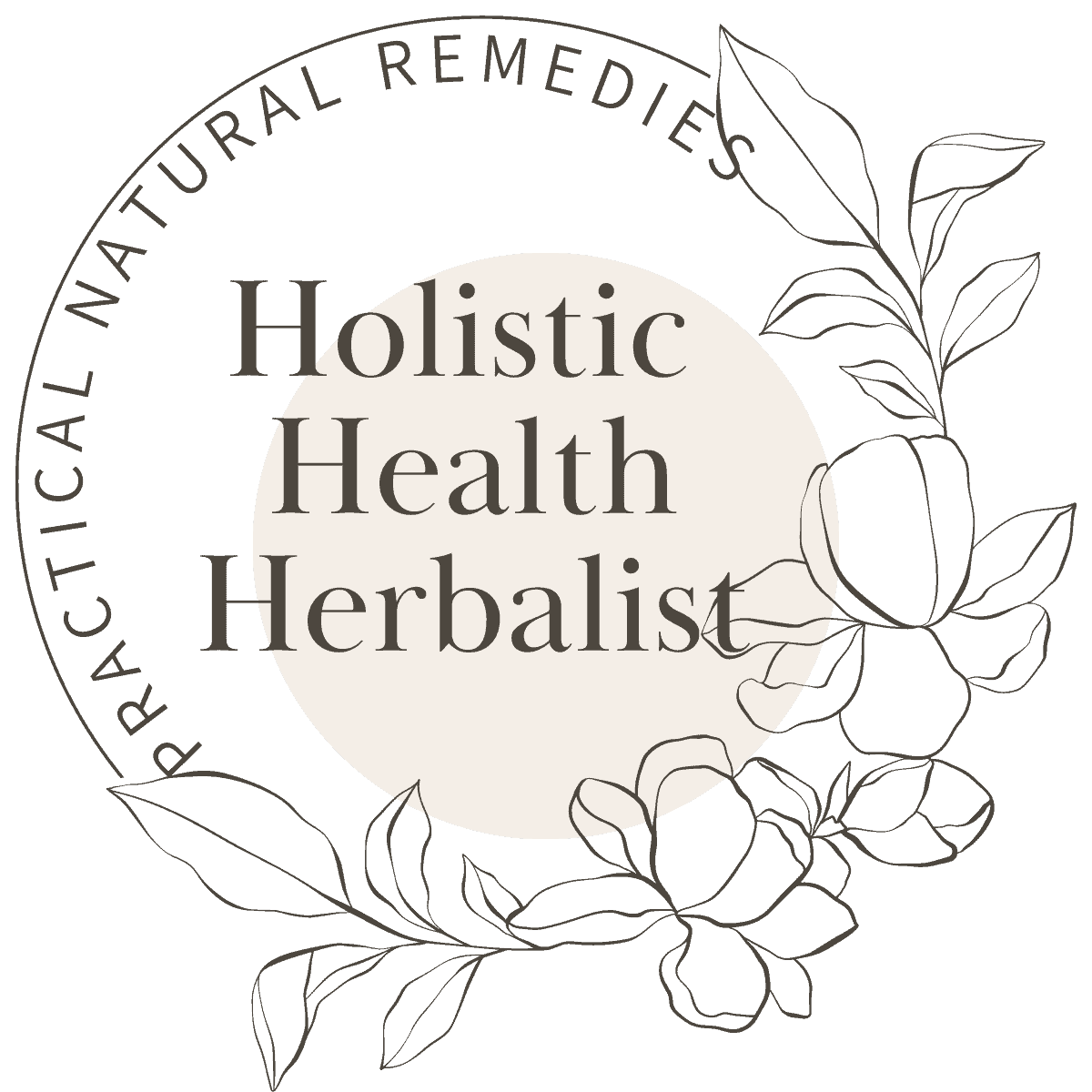

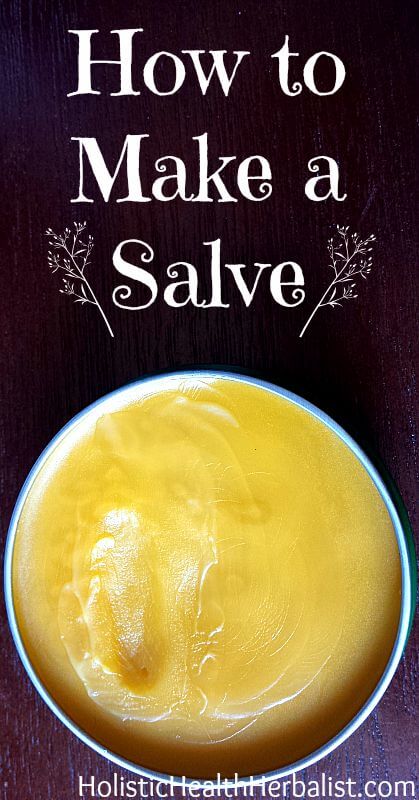

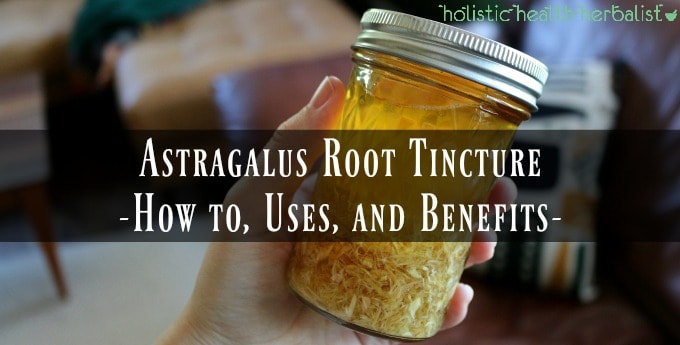
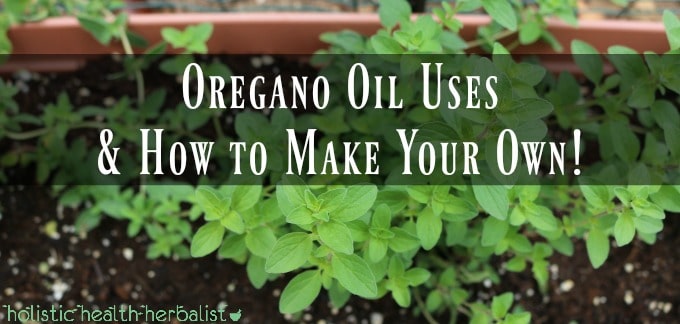

Sandra Taylor Burns says
Inn your second replay you said to infuse the herbs for 4-6 weeks. But I didn’t read anywhere how to do that. Maybe I missed that. If I did can you tell me where if not could you tell me how to do it? Please and thank you. Your information was amazing and very helpful. I know it can be done on the stove. But would rather do it the other way if possible.
Sincerely Sandra
Jen says
Hi, I was curious as to about how many ounces this makes in total? I'm wanting to making wedding party favors for a bridal shower, and need to know how many containers, plus ingredients I should get
Tash says
This makes about 9 oz of salve 🙂
Likhitha Chowdary says
May I please know..for how much time shld the herbs be infused in oil?
Tash says
Hi Likhitha!
I would try to infuse the herbs for a good few weeks if you can. I usually do 4-6 weeks before straining. However, you CAN very gently heat the herbs in oil on the stove for a good couple hours. Just watch them closely and keep the heat low. 🙂
Jordan says
Great guide to making a salve here. Will definitely have to give this a shot! Thanks for sharing.
Loriel says
I love how informational this is. You've given anyone who reads this everything they need to know about making a simple salve and then customizing it to their needs.
Tina (ohsnapletseat.com) says
Very cool! Never tried this before, and it definitely looks like I should - I have sensitive skin.
Tash says
It's so easy to do! I hope you try it out 🙂
Emily @ Recipes to Nourish says
This is awesome! I need to start making my own salves too. Thanks for the inspiration.
linda spiker says
Great recipe! Pinned:)
Mikki says
This looks great! Since my girls are older, I don't have as many boo boos to heal, but I do have a husband that likes to be a little adventurous sometimes so this would come in handy.
Alicia says
I'm kind of a salve addict, but I've never made my own. I think it's time to give it a go with your help! Love all the various herb options you give and I'm especially interested in trying ginger for sore muscles. Thanks!
Tash says
The ginger is so amazing in salves not only because it works so well, but it also smells amazing! 🙂
Chloe says
Love salves! Thanks for the simple tutorial, as well as all the herb suggestions.